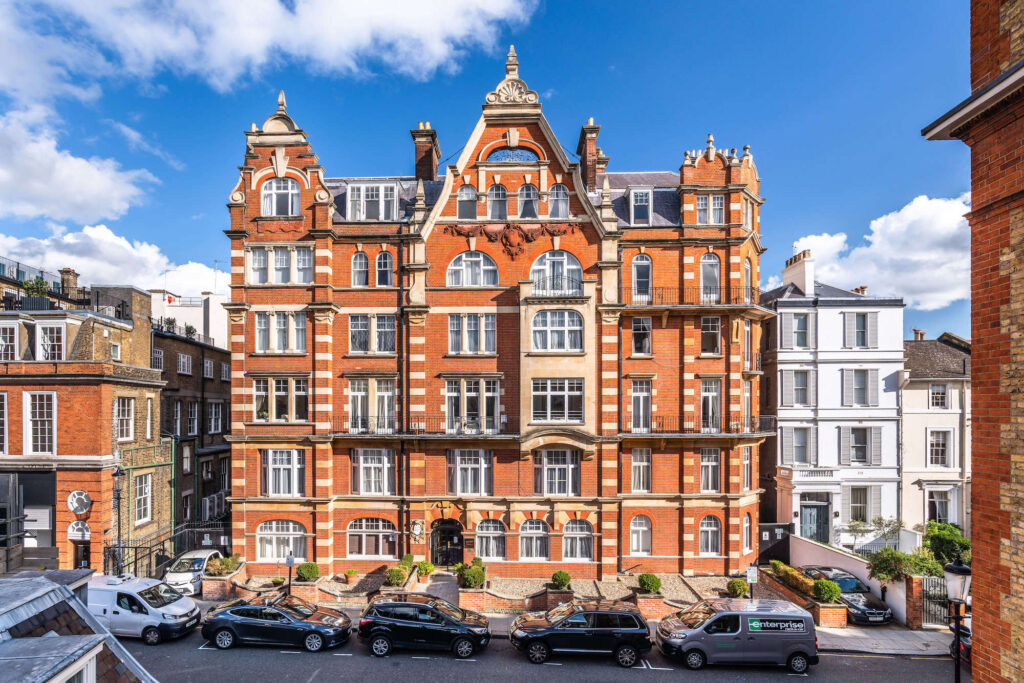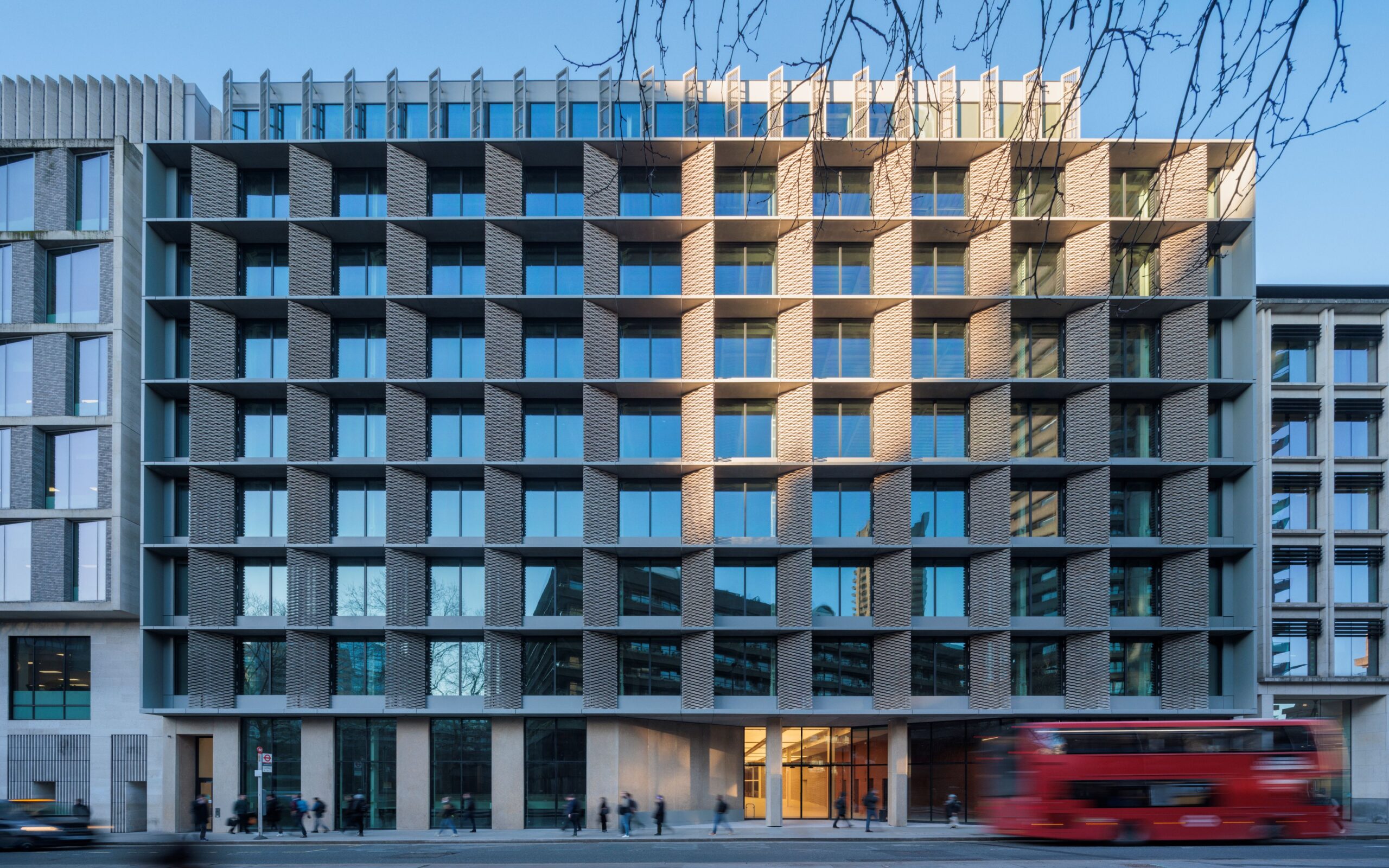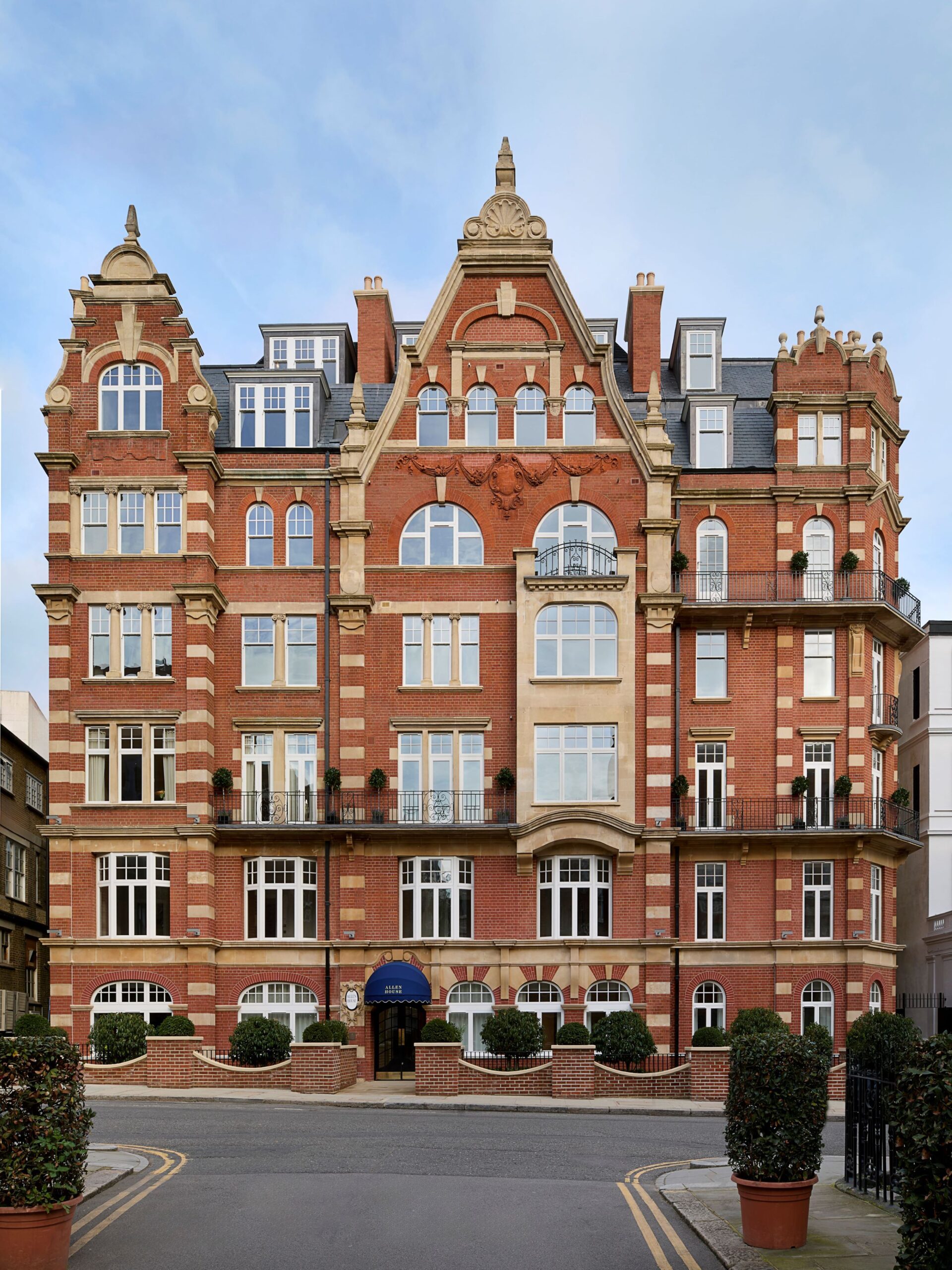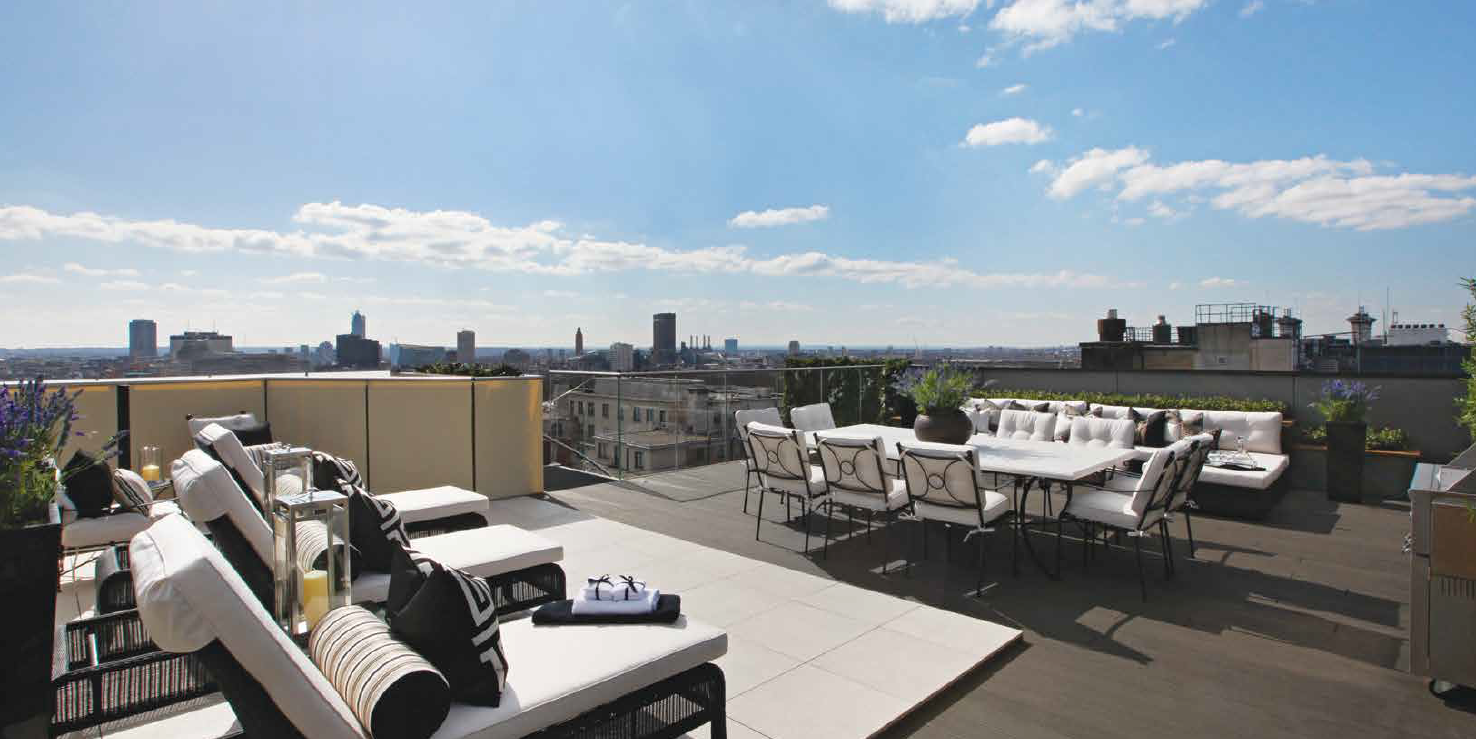Sol Zakay, chairman, Topland Group

In the Central London development game, it is all too often a case of ‘knock it down and start again.’
I don’t think it’s a surprise that as a group, developers have a bias towards building new things. If there’s a way of justifying it on sustainability grounds, all the better.
Advances in design, materials, construction methods and other technology mean that we can throw up structures that are net zero from the moment the first digger rolls onto site, and long after the occupants have moved in.
Some stock is either too old, too complicated or, frankly, just too ugly to convert into something more sustainable or viable.
Even when a sustainability-led refurbishment is possible, new structures designed with net zero operation in mind are likely to hit higher metric benchmarks (though not always).
Surely, it’s better in the long run to build something new and net zero that stands for 100 years than to patch together an old clunker for another century?
But the math gets hazy here. Demolishing a building followed by any form of new build construction activity, however environmentally conscious, is likely to be hugely carbon intensive.
The payback period for the shiny new building is likely to be a very lengthy lifecycle, even when compared to the more marginal operational gains that can be achieved by working within the existing envelope. Time is something we don’t have much of in this climate emergency.
It’s probably fair to say that many in the industry don’t factor in the sunk costs of demolishing standing stock to their workings out either.
We need to talk about Allen
Earlier this year Topland acquired Allen House in Kensington for £50m.
Though a notable period property of exceptional quality and history, it needs significant investment if it is to become both more livable and sustainable well into the 21st century.
Working with our joint venture partners Residence One and Concept Bespoke, we’re going to embark on a major renovation project of the existing structure.
Our goal is to take Allen House from a mixture of average to poor EPC ratings through to ratings of A to C across the board via a comprehensive range of improvements, from the basic and prosaic, like double glazing and better insulation, to more technologically advanced and energy efficient heating and cooling systems.
Two new discreet penthouses on the roof will improve the performance of the whole structure by acting as a ‘tea cosy’ on top of the building.
Older buildings often need safety improvements as well as sustainable upgrades, another reason new is sometimes seen as better and easier. Allen House will also get a new fire core and new build standard routes as part of the overhaul.
It’s also more conscientious for our new neighbours who will be spared the dust, the noise of piling – among other things – and the major disruption of a new build site brings to a busy urban environment and the local roads.
Love it or list it (for demolition)
Sustainable new build credentials are strong and easy to make look good on paper. But in truth, probably only really achieve better environmental gains in the near term if it’s a case of starting again on brownfield sites and assets.
But this isn’t the case in much of central London, even if some unloved 1960s and 1970s office blocks might look better bulldozed.
We’re obviously proud of the path we’re taking at Allen House but think that there are lessons here for other developers. With the support and encouragement of more forward-thinking planning authorities and no doubt the backing of appreciative local residents, more would surely follow.
Beyond just London, we have an enormous challenge to improve the energy performance of the UK’s housing stock to help the country hit its 2050 net zero goal.
The development community has an opportunity to make an important if only indirect contribution here, by helping to grow and sustain a knowledge base, expertise and supply chain through major refurbishment projects.


